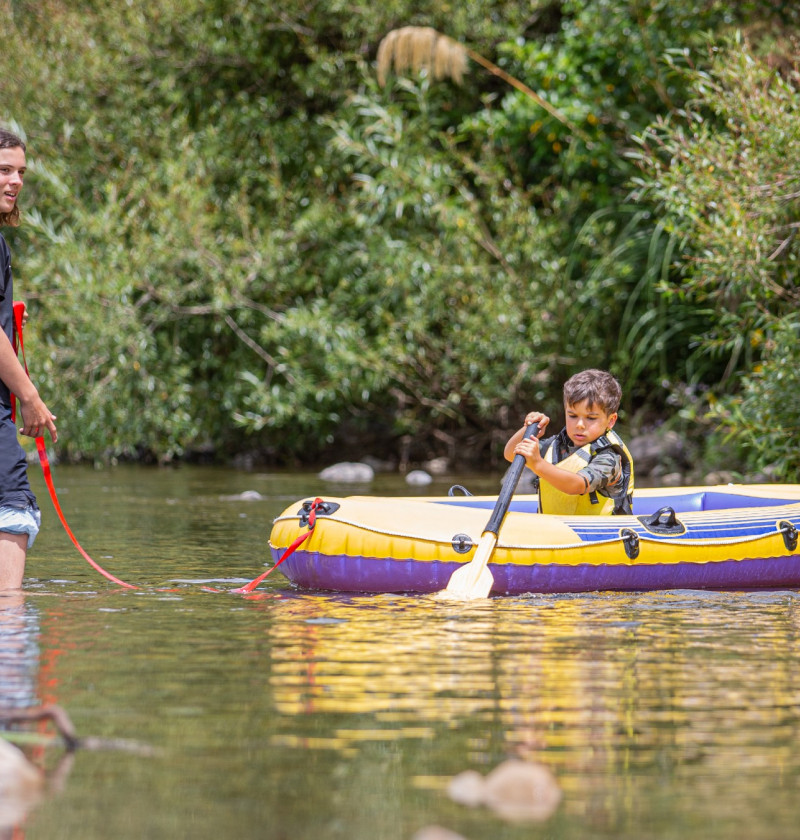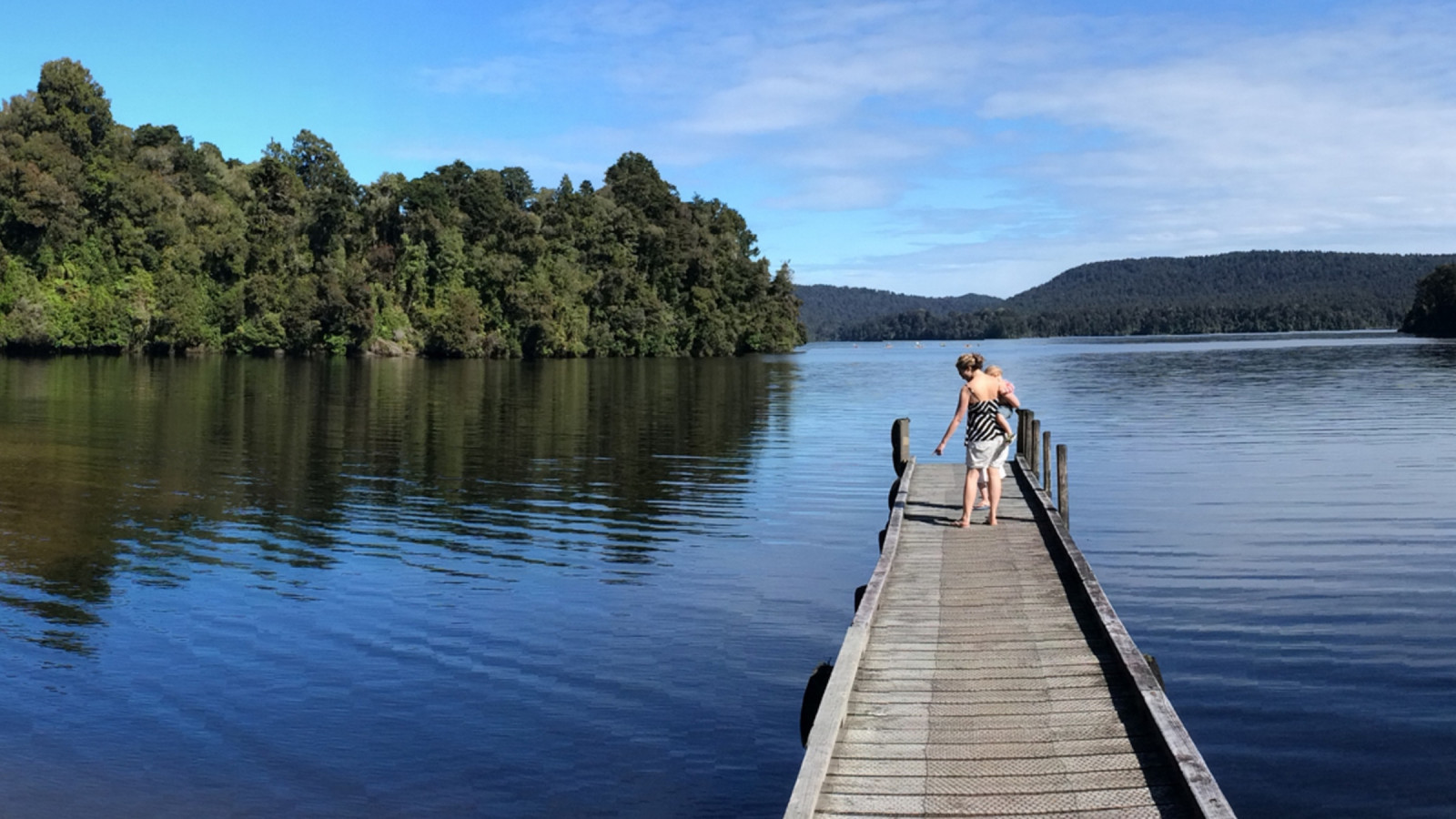About Our freshwater 2020

Every report in the environmental reporting series highlights how much we still don’t know about our environment.

Image: Ministry for the Environment
Under the Environmental Reporting Act 2015 (the Act) the Secretary for the Environment and the Government Statistician must produce regular reports on the state of our environment. Under the Act, a report on a domain (marine, freshwater, land, air, and atmosphere and climate) must be produced every six months and a whole-of-environment (or synthesis) report every three years. Each domain report has now been published once with the exception of marine which has been published in 2016 and 2019 (see Environmental reporting series the full list).
The most recent synthesis report, Environment Aotearoa 2019, was published in April 2019. The previous freshwater report was Our fresh water 2017.
As per the Act, state, pressure, and impact are used to report on the environment. The logic of the framework is that pressures cause changes to the state of the environment, and these changes have impacts. Impacts to ecological integrity, public health, economy, te ao Māori, culture, and recreation are described as recommended under the Act.
Suggesting or evaluating any responses to environmental impacts is out of scope under the Act, so this report does not cover the work that organisations and communities are doing to mitigate the issues. It does provide an update on the most recent data about the state of freshwater, providing evidence to enable an open and honest conversation about what we have, what we are at risk of losing, and where we can make changes.
When reviewing Environment Aotearoa 2015, the Parliamentary Commissioner for the Environment suggested structuring future synthesis reports around issues, where an issue is defined as:
…a change in the state of the environment that is (partly) caused by human activities (pressures) and has consequences (impacts).
Taking a whole system approach, Environment Aotearoa 2019 identified nine priority environmental issues facing New Zealand (table 1). Four criteria were established to help describe the sense of significance and urgency of the issue:
Spatial extent and scale – how much of New Zealand is affected by the issue?
Magnitude of change – is the issue increasing in scale and/or distribution, or accelerating?
Irreversibility and lasting effects of change – how hard is it to fix?
Scale of effect on culture, recreation, health, and economy – how much does it affect the things we value?
The issues discussed in this report are not the only ones that affect freshwater. Some activities have an impact but are not featured in this report because they do not rank as highly against the assessment criteria as other issues.
The following questions are addressed in each issue:
The data on which this report is based came from many sources including science agencies, central government, and regional councils. Further supporting information was provided using a ‘body of evidence’ approach. This is defined as peer-reviewed published literature and data from reputable sources, including mātauranga Māori, to which observational tools used to identify changes in an ecosystem contribute.
Mātauranga Māori includes observational tools that are used to identify changes in an ecosystem. These signs and signals of the natural world, ngā tohu o te taiao or tohu, are often referred to as environmental indicators. They are used by Māori environmental practitioners to identify trends or changes in the state or health of the environment.
All the data used in this report, including references to scientific literature, was corroborated and checked for consistency. The report was reviewed by a panel of independent scientists.
A list of indicators that relate to freshwater and the date they were last updated is available on the Stats NZ website.
Environment Aotearoa 2019 contained a comprehensive set of recommendations that would systematically close these knowledge gaps and improve our knowledge and reporting systems.
This approach was reiterated by the Parliamentary Commissioner for the Environment in Focusing Aotearoa New Zealand’s environmental reporting system in 2019. The report critiqued the approach to reporting set up under the Act and outlined steps the Government needs to take to improve the system. Two recommendations relate particularly to data:
The final section of this report, Towards a better understanding of our environment, suggests how to prioritise filling the data gaps that relate to freshwater. It also discusses how our environmental reporting system could be improved, and presents future opportunities for new technologies, innovative approaches, and integrated measurements.
Other sources of information published by the Ministry for the Environment and Stats NZ support this report:

About Our freshwater 2020
April 2020
© Ministry for the Environment